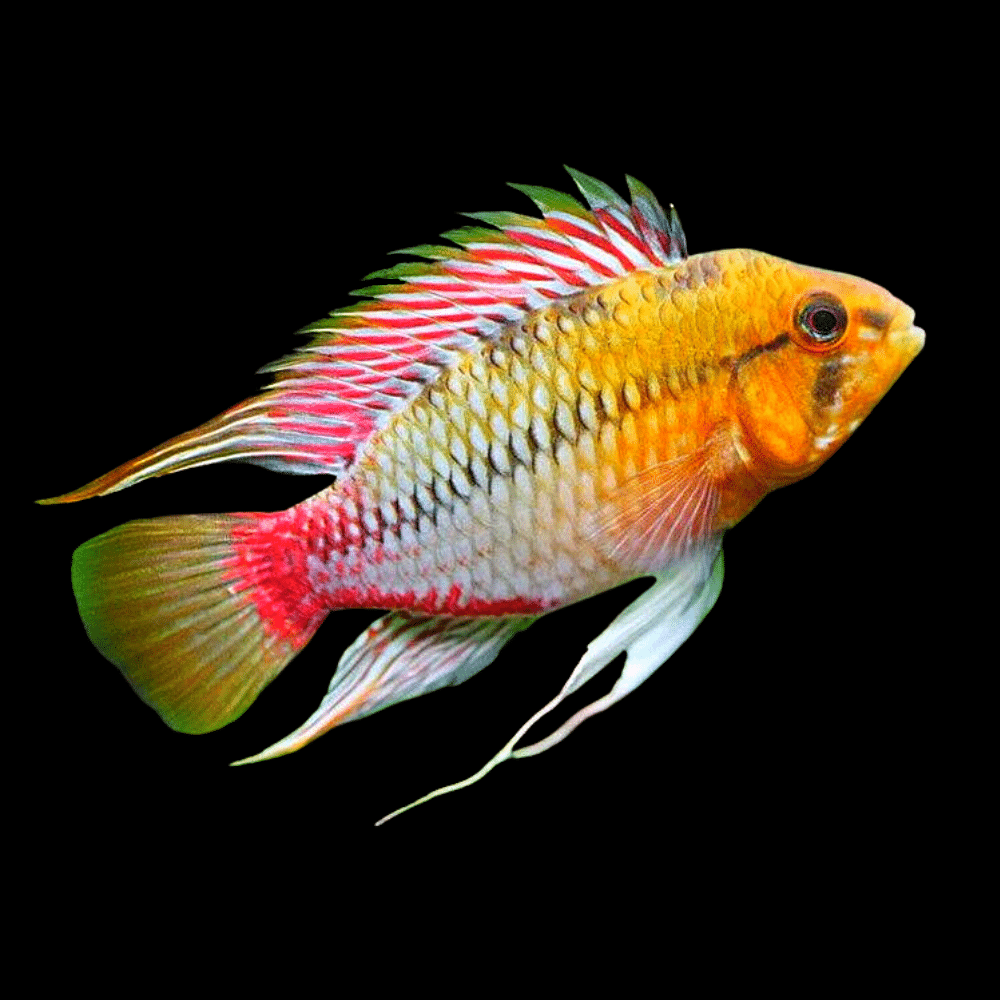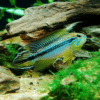To provide the best experiences, we use technologies like cookies to store and/or access device information. Consenting to these technologies will allow us to process data such as browsing behaviour or unique IDs on this site. Not consenting or withdrawing consent, may adversely affect certain features and functions.
The technical storage or access is strictly necessary for the legitimate purpose of enabling the use of a specific service explicitly requested by the subscriber or user, or for the sole purpose of carrying out the transmission of a communication over an electronic communications network.
The technical storage or access is necessary for the legitimate purpose of storing preferences that are not requested by the subscriber or user.
The technical storage or access that is used exclusively for statistical purposes.
The technical storage or access that is used exclusively for anonymous statistical purposes. Without a subpoena, voluntary compliance on the part of your Internet Service Provider, or additional records from a third party, information stored or retrieved for this purpose alone cannot usually be used to identify you.
The technical storage or access is required to create user profiles to send advertising, or to track the user on a website or across several websites for similar marketing purposes.














Emily Richards (verified owner) –
I recently purchased the Apistogramma Hongsloi «Red Gold» pair, and I couldn’t be happier! After setting them up in my heavily planted 20-gallon tank for about two weeks, they have settled in beautifully. The vibrant colors of the male are simply breathtaking; his golden hues pop against the lush greenery of my aquarium plants.
These little guys have such distinct personalities! The female is quite shy but has become more confident since I added some hiding spots, which are crucial for their comfort. I’ve been feeding them high-quality flakes and occasional frozen bloodworms, and they seem to thrive.
Compared to other dwarf cichlids I’ve kept, the Hongsloi are much more interactive and engaging. They often pair off and explore their territory together, making my tank come alive! My only minor concern is that the male can be a bit territorial during feeding, so monitoring them during mealtime is essential.
I highly recommend this pair for anyone looking to add charm and character to their tank. They are perfect for aquarists who appreciate a dynamic duo that will brighten up their aquarium with both color and behavior!